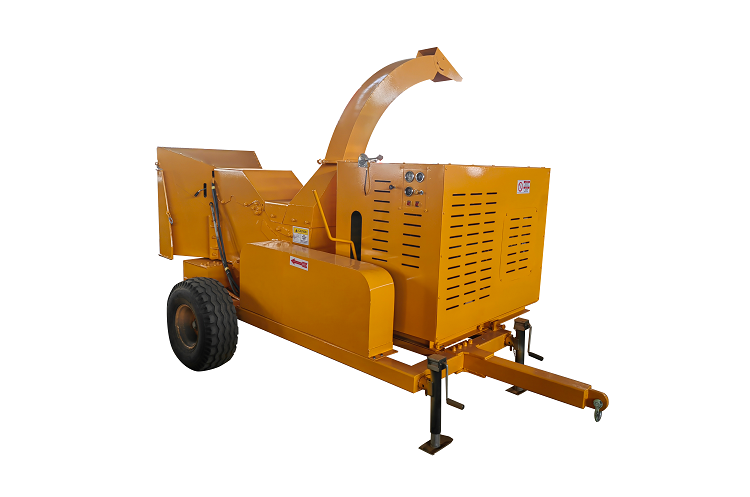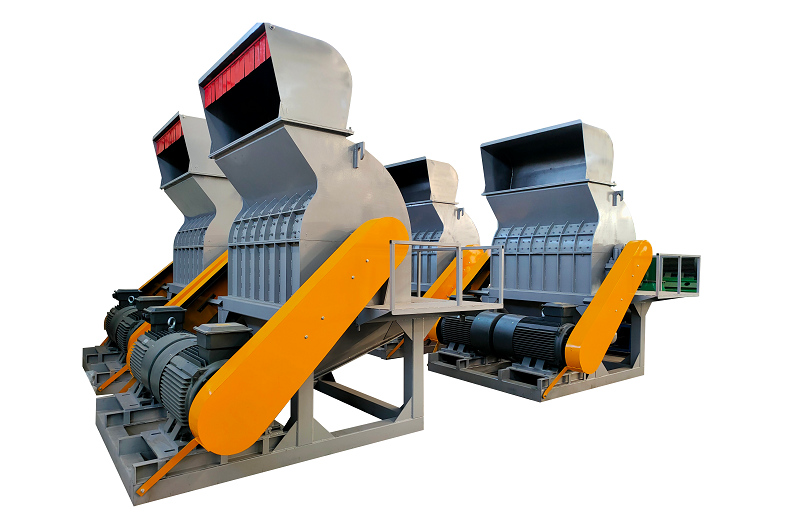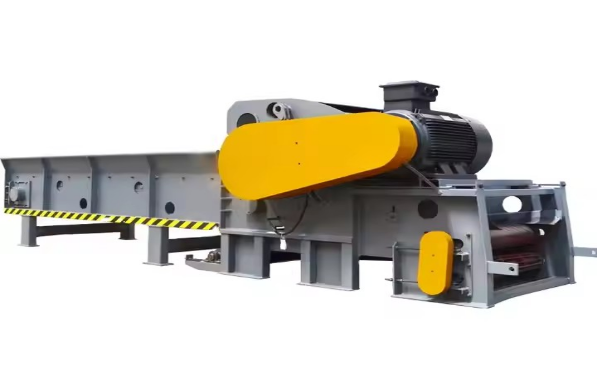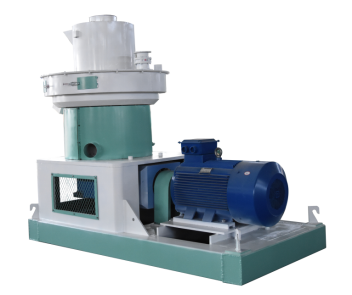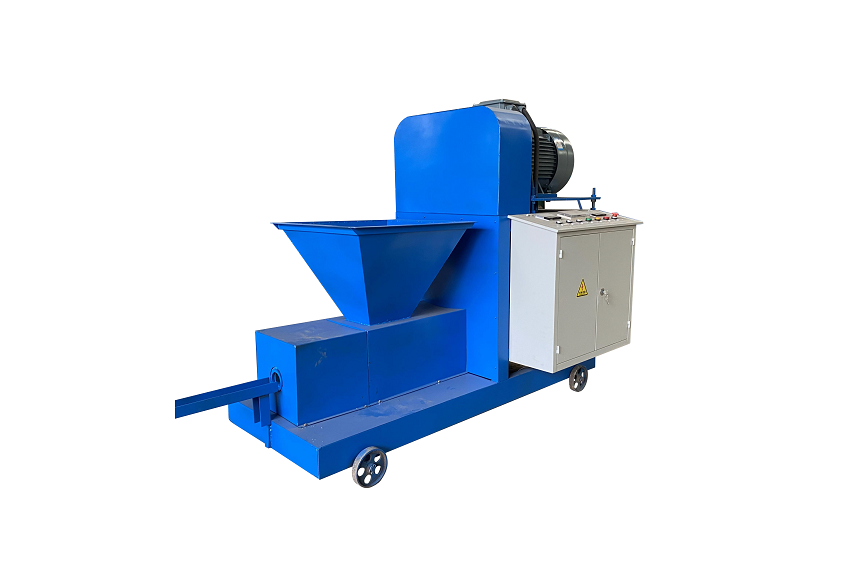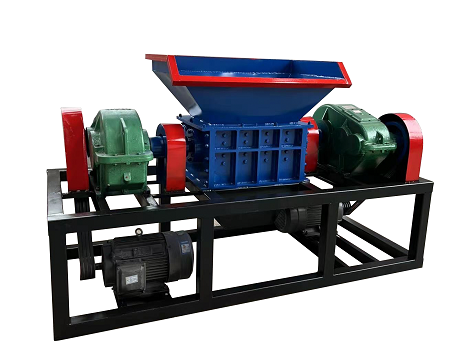What Is Activated Carbon?
Definition of Activated Carbon
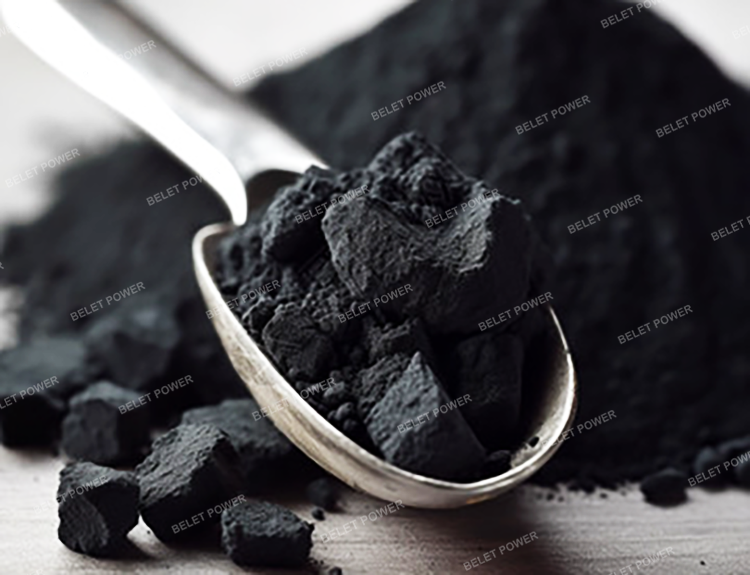
Activated carbon, also known as activated charcoal, is a specially treated carbonaceous material with a highly developed pore structure and an extremely large specific surface area, which gives it excellent adsorption capacity. It is usually manufactured from raw materials such as wood, coconut shell, charcoal, etc., and undergoes a carbonization and activation process to form a porous structure. Activated carbon can adsorb organic and inorganic substances in various gases and liquids for purification, decolonization and deodorization.
In modern society, activated carbon has become one of the indispensable materials. It plays a key role in water treatment, air purification, pharmaceutical manufacturing, food processing, electronics, chemical industry and many other fields, and is of great importance to improve the quality of human life and protect the environment.
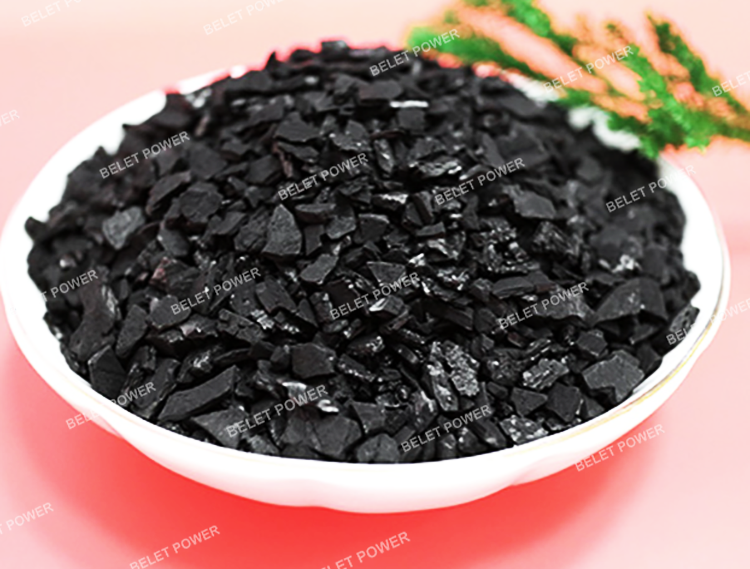
Raw Materials
The most commonly used raw materials are coconut shell, wood and charcoal, which are carbonized and activated to produce different types of activated carbon.
Carbonization Process
The feedstock is heated in an anaerobic environment to remove volatiles and form a preliminary carbonized material.
Activation Process
Activated carbon is manufactured by two main methods: physical activation and chemical activation. Physical activation usually involves treating the raw material with water vapor or carbon dioxide at high temperatures to expand the pore structure. Chemical activation accelerates the activation process by adding chemicals like phosphoric acid, zinc chloride, etc. This method produces activated carbon with a more complex pore structure.
Reprocessing
The manufactured activated carbon is washed to remove residual chemicals and dust. The product is then sieved on demand to ensure uniform particle size. Finally, the activated carbon is packaged and ready for shipment.
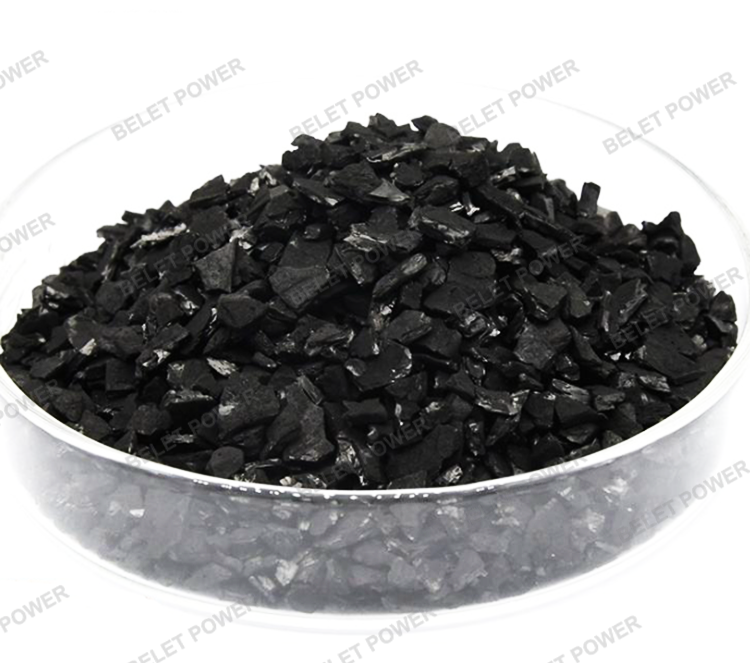
Water Treatment
Activated carbon removes organic matter, residual chlorine, odors and heavy metal contaminants from water and is widely used in water purification and water treatment. wastewater treatment.
Air Purification
It can effectively adsorb harmful gases, volatile organic compounds and odors in the air, and is used for indoor air purification and industrial waste gas treatment.
Food Processing
For sugar decolonization, fat and oil refining and beverage purification to improve food quality and safety.
Medical Applications
It has applications in the treatment of drug poisoning and gastrointestinal diseases, and is used in medical devices such as blood purification and artificial kidneys.
Industrial Application
Widely used in the solvent recovery, gold refining catalysts in electronics, chemical, metallurgy and other industries.

